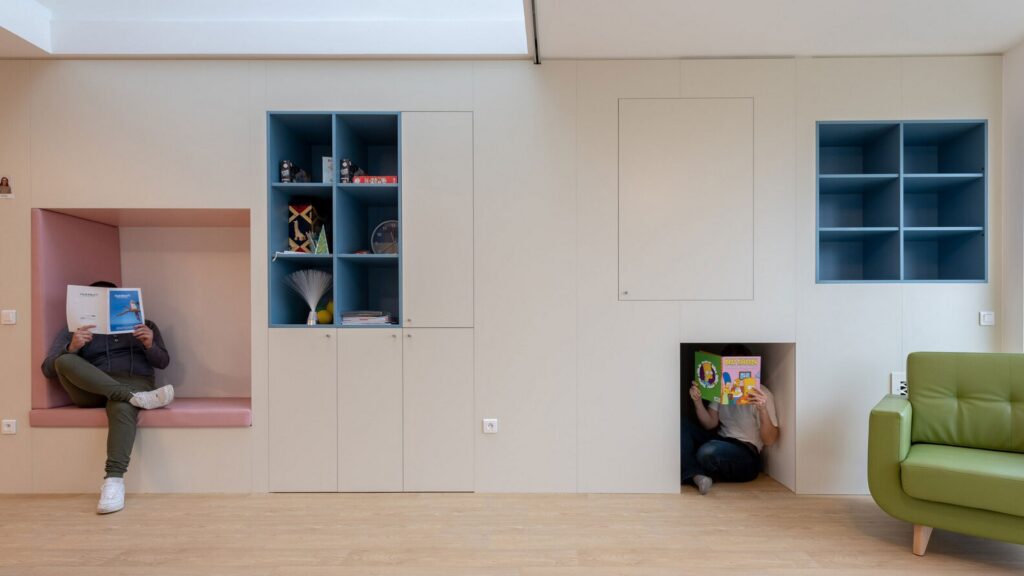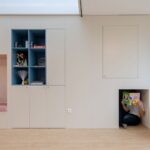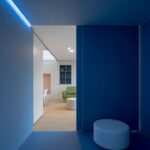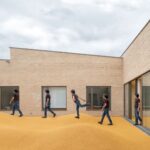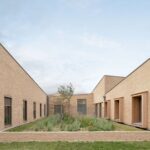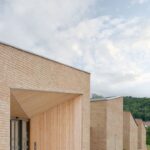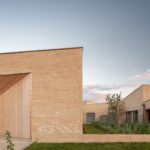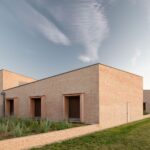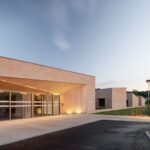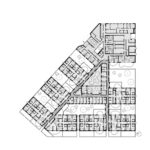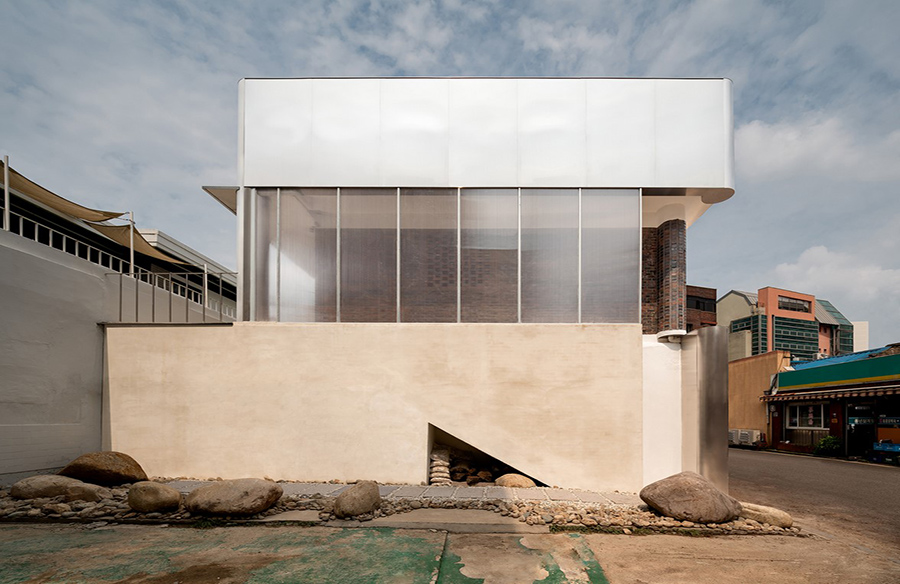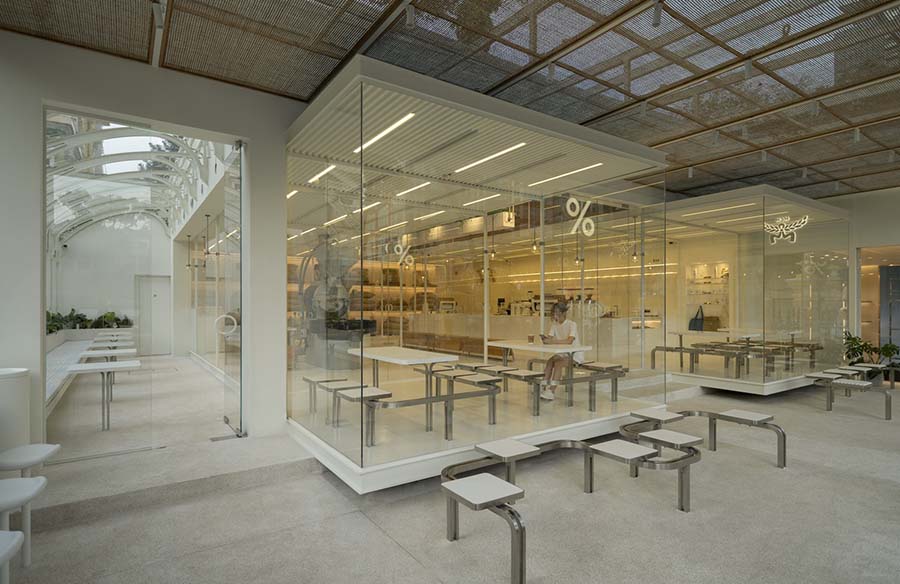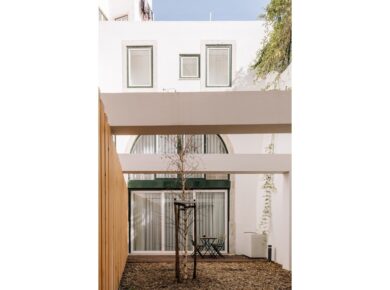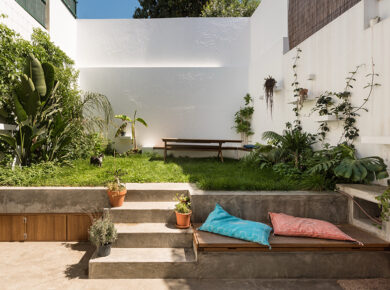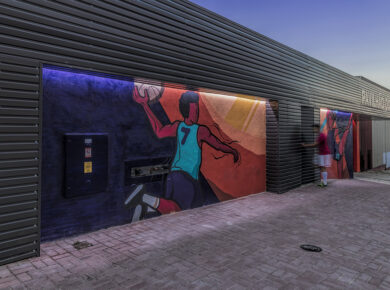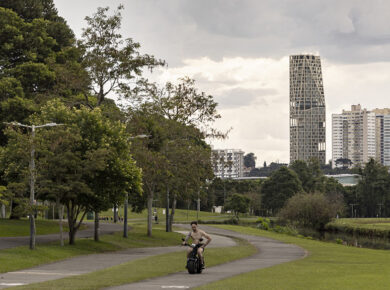At K&+ Architecture Globale, we believe that architecture should revolve around its occupants. For the medical care home designed for adults with autism, our focus was on creating a space where residents could truly feel at home. Every detail was meticulously considered to ensure that the environment catered to their needs and preferences.
A Domestic Atmosphere
To combat the depersonalization often associated with traditional hospital settings, we aimed to emulate the warmth and familiarity of a domestic setting. The layout of the medical care home was inspired by the concept of a village, with units arranged in a landscape-like manner. Each unit resembles a house, complete with terraces and gardens, fostering a sense of belonging and security. Interior spaces were designed with varying configurations to accommodate different preferences, offering both retreat spaces for solitude and gathering areas for socialization.
Supporting Staff
Recognizing the demanding nature of caregiving, we prioritized the ergonomic and functional design of the premises to support staff members. By streamlining logistical tasks, we aimed to free up more time for staff to engage in meaningful interactions with residents, whether for relational support or medical care.
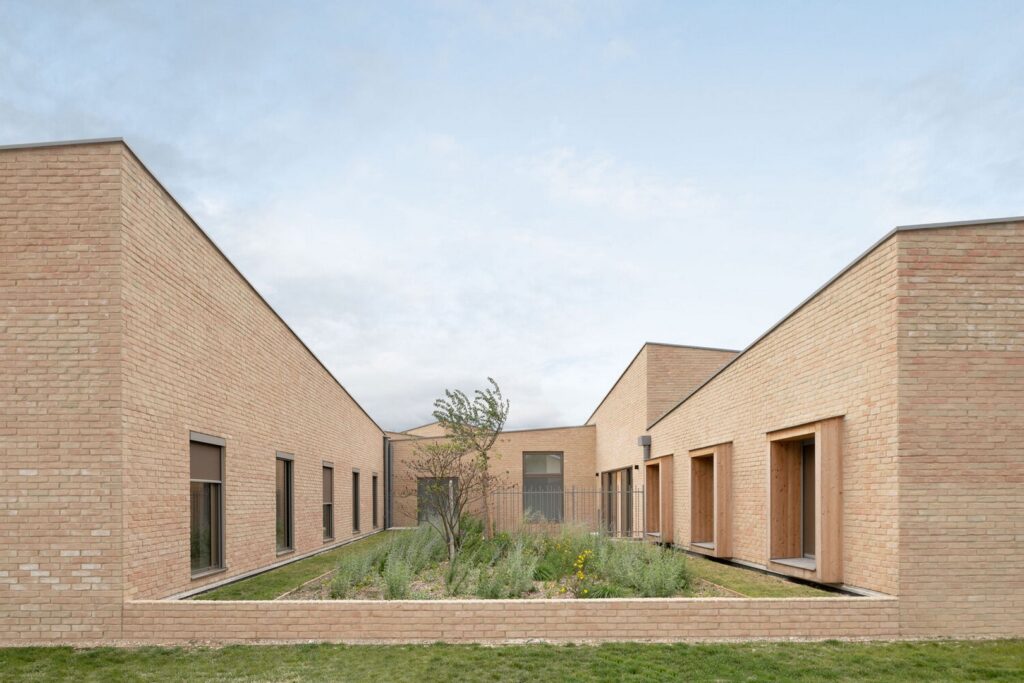
Welcoming Families
We understand the emotional journey that families undergo when their loved ones transition into a care facility. To alleviate feelings of guilt or apprehension, we crafted a welcoming environment that exudes conviviality. The medical care home is designed to encourage family involvement and participation in the care process. Dedicated spaces are provided for families to spend time together, ensuring that they remain an integral part of their relative’s journey.
Through a holistic approach that prioritizes the well-being of residents, supports staff efficiency, and fosters family involvement, the medical care home by K&+ Architecture Globale serves as a testament to human-centric design in healthcare architecture.

